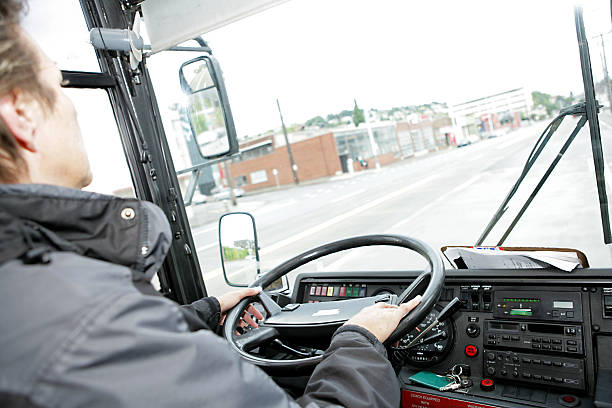The path to becoming a commercial driver with a CDL (Commercial Driver’s License) is a journey that requires dedication, training, and a clear understanding of the industry. This article outlines the essential steps and resources for individuals aspiring to pursue a career in this vital and rewarding field.
The Role and Responsibilities of a CDL Driver
CDL drivers play a critical role in the transportation and logistics industry, moving goods across short and long distances. Their responsibilities extend beyond driving they include ensuring vehicle safety, compliance with traffic regulations, and timely delivery of cargo. Understanding these roles is vital for anyone considering this career path.
Securing a Commercial Driver’s License
The first step in applying for CDL driver jobs is to obtain the appropriate license. While specific requirements vary by state, common prerequisites include a minimum age requirement, typically 21 years for interstate driving.
Aspiring drivers must obtain a Commercial Learner’s Permit (CLP) to gain practical driving experience. This is followed by enrolling in a licensed CDL training program, which provides both theoretical and practical learning experiences.
After completing the training, candidates must pass a series of exams that test their knowledge and driving skills. Documentation such as a valid driver’s license, proof of residency, and a Social Security card are typically required. A thorough background check and a physical examination in line with Department of Transportation (DOT) regulations are also essential parts of the process.
Exploring CDL Career Opportunities
CDL holders can explore diverse driving opportunities. These range from local delivery roles to long-haul interstate driving. Specialized training and endorsements, like HAZMAT or passenger transport, can open doors to niche areas within the industry.
Understanding Industry Trends and Earnings
The demand for skilled CDL drivers is consistently strong, contributing to job security and potential for growth in this field. Earnings vary based on factors such as experience, type of cargo, and distance traveled. Comprehensive salary information can be found on the U.S. Bureau of Labor Statistics website.
Research and Understand CDL Requirements:
Start by researching the specific requirements for obtaining a CDL in your state or country. CDL requirements can vary, but generally include age restrictions, a clean driving record, and passing a written knowledge test. Identify the specific class of CDL you need based on the type of vehicle you plan to operate – Class A, B, or C.
Enroll in a CDL Training Program:
Invest in a reputable CDL training program. These programs typically cover both the theoretical and practical aspects of commercial driving. Look for a program that is accredited and recognized by the appropriate authorities. Training programs often include classroom instruction, hands-on driving practice, and guidance on preparing for the CDL exam.
Pass the CDL Written Test:
To obtain your CDL, you’ll need to pass a written knowledge test covering topics such as traffic laws, safety regulations, and vehicle maintenance. Study the relevant materials provided by your training program and use practice tests to reinforce your understanding. A strong performance in the written test is crucial for progressing to the practical skills test.
Hands-On Training and Skills Test:
After successfully completing the written test, you’ll undergo hands-on training to develop the practical skills needed for commercial driving. This training includes vehicle inspection, maneuvering, and on-road driving. Once adequately prepared, you’ll take the skills test, which evaluates your ability to operate a commercial vehicle safely. Passing this test is the key to obtaining your CDL.
Obtain Necessary Endorsements:
Depending on your career goals, consider obtaining additional endorsements for your CDL. Endorsements include certifications for hazardous materials, tank vehicles, double/triple trailers, and more. Each endorsement opens up new opportunities and potentially increases your earning potential.
Create a Professional Resume:
Craft a professional resume that highlights your CDL training, skills, and any relevant experience. Emphasize your commitment to safety, attention to detail, and adherence to regulations. A well-crafted resume can set you apart when applying for CDL driver positions.
Prioritizing Safety and Regulations
CDL drivers are expected to adhere to strict safety standards and regulations. Familiarity with vehicle maintenance, understanding of road safety practices, and compliance with legal requirements are crucial for a successful and safe driving career.
Pursuing a career as a CDL driver involves a structured process of education, licensing, and continuous learning. It is a profession that offers diverse opportunities and requires a commitment to safety and professionalism.

